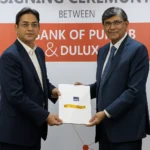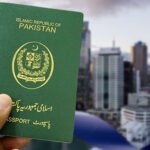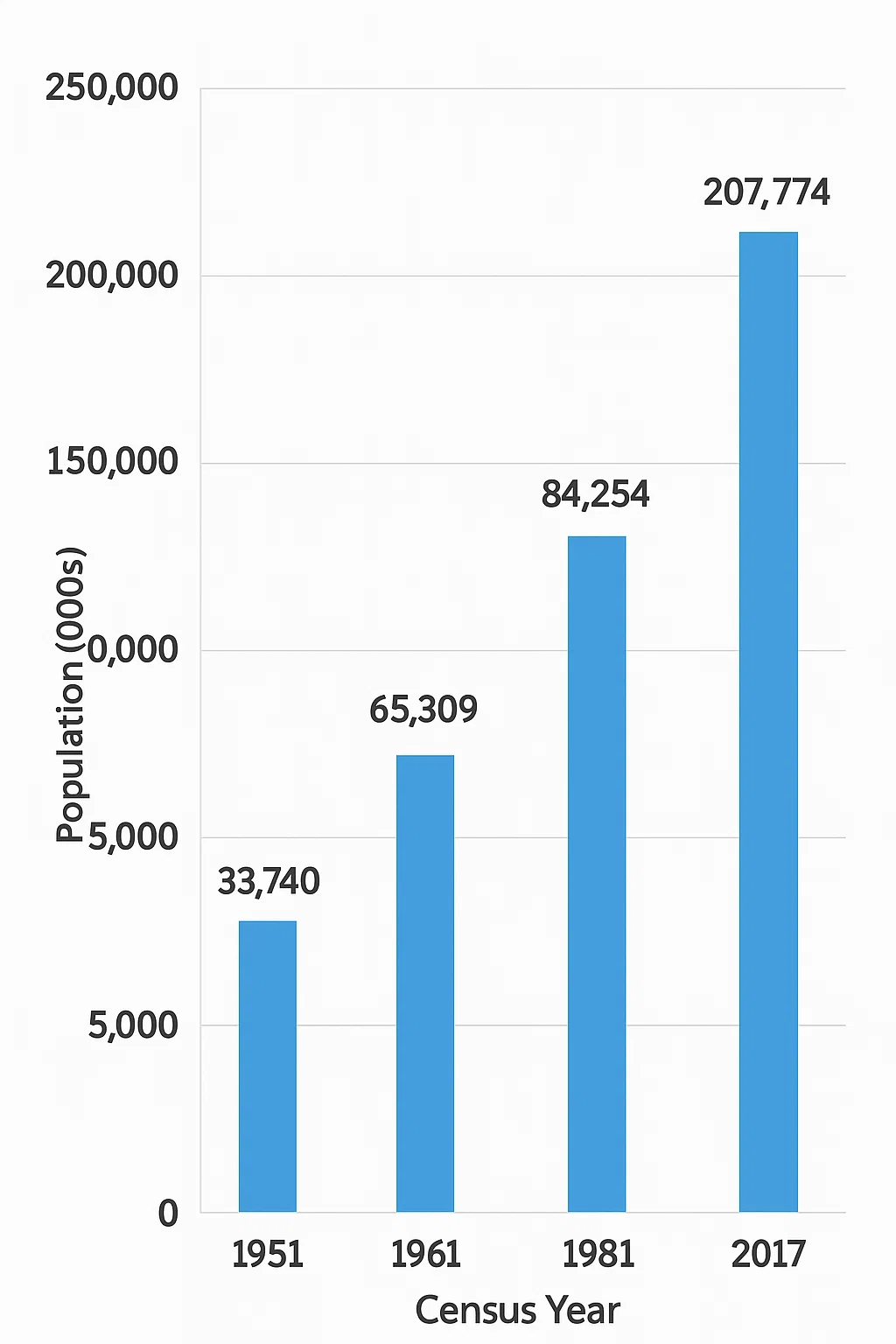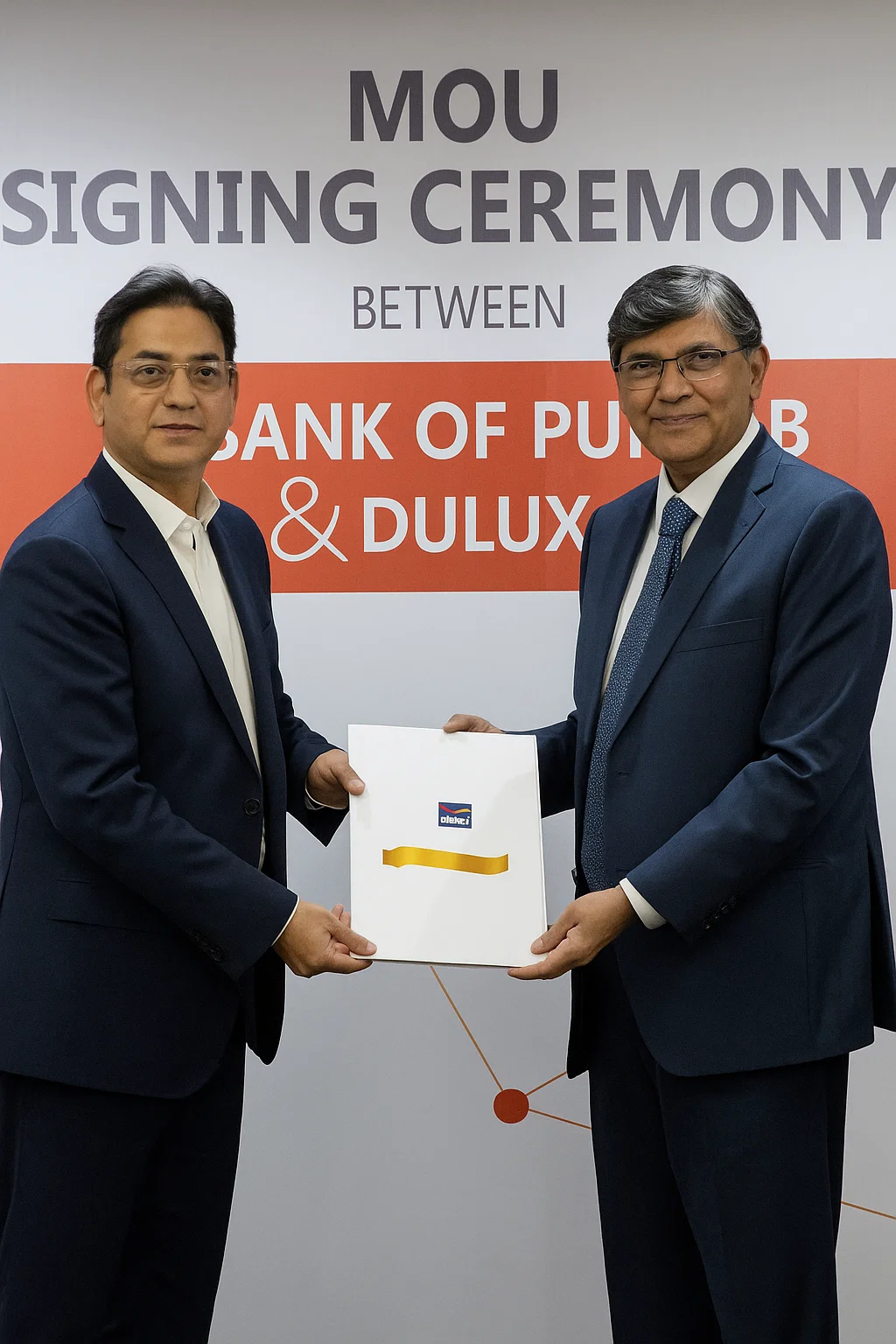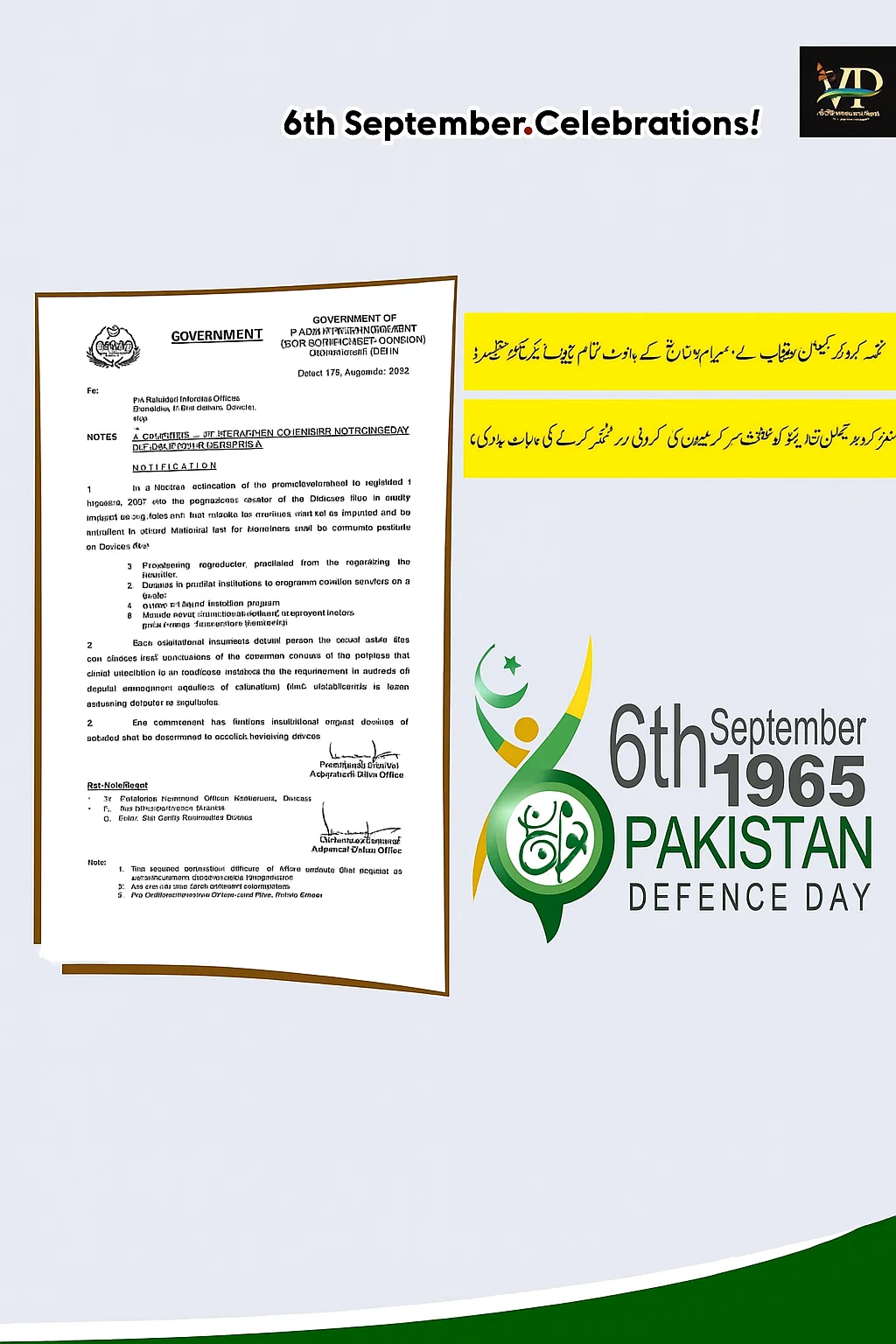The Pakistan Economic Census is one of the most important data-gathering exercises carried out in the country, designed to capture the full scope of economic activity across all sectors. It provides the backbone for evidence-based policymaking, taxation frameworks, and investment decisions. For a developing country like Pakistan, where structural weaknesses often disrupt growth trajectories, accurate economic data is critical.
However, while the Pakistan Economic Census has made significant progress in terms of coverage and methodology, experts argue that blind spots and contradictions continue to undermine its reliability. These gaps not only distort the economic picture but also make it difficult for businesses, investors, and policymakers to make well-informed decisions.
This article explores five critical insights into the progress, blind spots, and contradictions of the Pakistan Economic Census, with a focus on its impact on the national economy and the way forward.
Understanding the Pakistan Economic Census
What is the Pakistan Economic Census?
The Pakistan Economic Census is a nationwide survey aimed at measuring business activity across industries, agriculture, services, and the informal economy. Unlike a population census, which focuses on individuals and households, this census specifically looks at enterprises—their size, number, location, and contribution to GDP.
Objectives of the Census
-
Provide data for national accounts.
-
Help policymakers design targeted economic reforms.
-
Assist provincial governments in resource allocation.
-
Enable foreign investors to understand Pakistan’s economic landscape.
By capturing the size and scope of businesses, the Pakistan Economic Census becomes a vital tool in assessing how the economy is structured and where growth opportunities exist.
Progress Achieved So Far
H3: Use of Technology in Data Collection
Over the last decade, Pakistan has moved away from manual surveys to incorporate digital tools, handheld devices, and geo-tagging in the Pakistan Economic Census. This shift has improved efficiency, reduced human error, and allowed faster processing of results.
H3: Coverage of SMEs and Services Sector
Small and Medium Enterprises (SMEs) form nearly 90% of Pakistan’s business ecosystem. The census has gradually expanded its focus on SMEs, which were often underreported in earlier decades. Similarly, the services sector—now contributing over 50% to GDP—has started receiving more detailed coverage.
READ MORE:
https://freedompakistan.com.pk/
H3: Regional Participation
Earlier censuses often faced criticism for underreporting from rural areas. Recent efforts have shown improvement, as census teams have expanded coverage into underserved districts, ensuring more representative data.
In short, the Pakistan Economic Census has achieved progress in modernizing its methodology and broadening its scope, making it a more reliable tool than it was in the past.
Blind Spots of the Pakistan Economic Census
Despite the progress, the census still struggles with several blind spots that limit its effectiveness.
H3: Informal Economy Remains Underreported
Pakistan’s informal economy is estimated to be nearly 35–40% of GDP, yet it remains underreported in the Pakistan Economic Census. Street vendors, unregistered workshops, and small-scale traders often go unnoticed, which means the true scale of economic activity is hidden.
H3: Women-Led Enterprises Overlooked
Women entrepreneurs, particularly in rural and semi-urban areas, play a growing role in Pakistan’s economy. However, many women-led businesses remain undocumented due to cultural and logistical barriers, leaving a gender gap in the data collected by the Pakistan Economic Census.
H3: Gig Economy and Digital Startups
With the rise of freelancing and digital startups, Pakistan has become one of the fastest-growing freelance economies in the world. Yet, gig workers and online startups are not properly captured in the current census framework. This creates a mismatch between reality and recorded data.
Contradictions in Reported Findings
Another issue plaguing the Pakistan Economic Census is the presence of contradictions in the reported data.
H3: Federal vs. Provincial Discrepancies
Provincial authorities often report different figures than those recorded by federal agencies. For instance, industrial output in Punjab may appear different in provincial surveys compared to the Pakistan Economic Census, creating confusion in national accounts.
H3: Public vs. Private Surveys
Private organizations and think tanks sometimes publish business surveys with figures that sharply contradict official census data. This raises questions about methodology, transparency, and accuracy in official reporting.
H3: Political Influence on Numbers
Critics argue that sometimes data is influenced by political agendas, with governments underreporting or overreporting certain sectors to project desired outcomes. Such contradictions undermine the credibility of the Pakistan Economic Census.
Implications for Policy and Investment
The blind spots and contradictions in the Pakistan Economic Census have serious implications.
-
Policy Misalignment: Without accurate data, governments risk creating policies that fail to address real challenges.
-
Investment Hesitation: Foreign investors rely on official statistics. Gaps in census data can discourage investment.
-
Revenue Losses: An underreported informal sector means billions in lost tax revenues.
-
Regional Inequality: Misreported regional data can lead to unfair resource allocation, fueling provincial grievances.
Thus, improving the accuracy and reliability of the Pakistan Economic Census is crucial for both domestic and international stakeholders.
Global Comparison: Lessons for Pakistan
Other countries have successfully modernized their economic censuses, and Pakistan can learn from their experiences.
India
India conducts regular economic censuses that incorporate digital surveys, GPS mapping, and real-time data verification. This helps policymakers design better fiscal policies.
China
China’s economic census is highly integrated with its national statistical system, ensuring that informal enterprises are captured alongside formal businesses.
OECD Nations
In OECD countries, censuses are often supplemented with tax records and banking data, which reduces the risk of underreporting. Pakistan can adopt similar practices to improve accuracy.
By studying these models, the Pakistan Economic Census can evolve into a globally competitive data system.
The Road Ahead
To unlock the full potential of the Pakistan Economic Census, several reforms are necessary.
H3: Embrace Full Digital Integration
Moving entirely to digital platforms—mobile apps, blockchain-backed ledgers, and cloud systems—will enhance data accuracy and reduce manipulation.
H3: Include Informal and Gig Economies
Special frameworks must be created to capture informal workers, gig economy freelancers, and small traders.
H3: Strengthen Provincial-Federal Coordination
A unified reporting mechanism should be developed to prevent discrepancies between provincial and federal datasets.
H3: Independent Audits and Transparency
Third-party audits can improve credibility by ensuring census numbers are not politically influenced.
By implementing these reforms, the Pakistan Economic Census can transform from a partially reliable tool into a cornerstone of economic planning.
Conclusion
The Pakistan Economic Census stands at a crossroads. On the one hand, it has achieved significant progress by modernizing methodologies and expanding its scope. On the other hand, blind spots and contradictions continue to weaken its credibility. For Pakistan to design effective policies, attract foreign investment, and ensure equitable growth, it needs a census system that is transparent, inclusive, and technologically advanced.
Ultimately, the future of the Pakistan Economic Census lies in addressing its flaws head-on. By embracing digital tools, capturing informal and gig economies, and ensuring data integrity, Pakistan can build a stronger foundation for economic decision-making. The stakes are high, but so are the opportunities.


